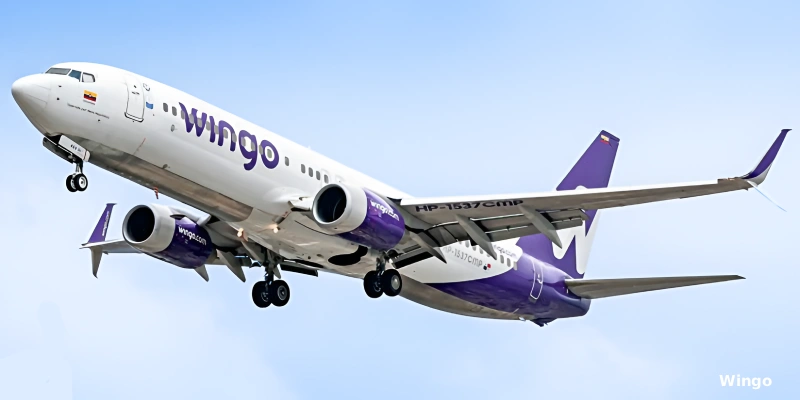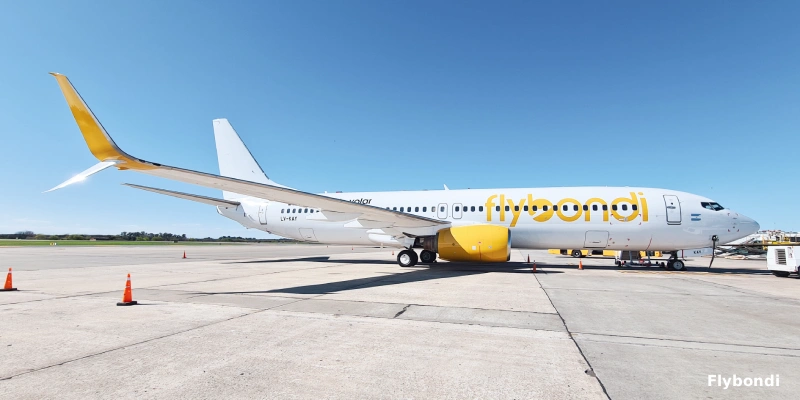Aena, the company that manages airports, presented this Thursday the update of its Strategic Plan for the period 2022-2026, in an event attended by its Chairman and CEO, Maurici Lucena; the Executive Vice President, Javier Marín, and the two general managers: Elena Mayoral, General Manager of Airports, and María José Cuenda, General Manager of Commercial and Real Estate.
The positive evolution of the economy, better than estimated, and a faster than expected recovery in passenger traffic in 2022 are two of the reasons that have led Aena to update the objectives of the 2022-2026 Strategic Plan that was presented in November 2022.
“The surpassing of the goals initially set is not only the result of a better economic situation, but also of a successful strategy,” Lucena said.
Passenger traffic: more than one million per day worldwide by 2026
In 2023, Aena beat the passenger record of 2019, the last year prior to the COVID-19 pandemic. Specifically, last year, Aena’s airports in Spain recorded 283 million passengers, which is 2.9% more than in 2019. Based on these data, the airport manager expects to close 2024 at around 294 million passengers. The good prospects for the summer season this 2024, with a schedule around 7% higher than in 2023, support this optimism. These figures will be known in more detail in the coming days. However, it should be borne in mind that in the days prior to the start of the summer season there are usually some downward adjustments.
Consequently, Aena brings forward to 2025 the goal of 300 million passengers in Spain, one year earlier than planned in the Strategic Plan presented in 2022. By 2026, at the end of the Plan’s period of validity, Aena expects to reach a figure of approximately 310 million passengers. In that year, Aena will also handle more than one million passengers a day at all the airports it operates around the world.
This strong upturn in traffic, more pronounced at tourist airports, will require more investment in infrastructure in order to synchronize capacity with expected demand and also to adapt airports to new safety requirements and maintain service quality. Therefore, in DORA III, which will run from 2027 to 2031, Aena will propose investments that will at least double those made in recent years. Aena is currently starting to analyze the needs of all Spanish airports in order to design the investment proposal that will be presented to the airlines in 2026.
Zero-emission airports ten years ahead of schedule
The increase in activity will be reconciled with the intense reduction of emissions by the airports: another of the goals advanced in this update of the Strategic Plan is the achievement of Net Zero, which goes from 2040 to 2030. Aena, in its Climate Action Plan, was already ten years ahead in achieving net zero emissions, with respect to the global commitment of the sector established in 2050, but now the airport manager is even more ambitious.
→ Iberia applauds expansion of Barajas to make it a major European hub
“Aena’s commitment to sustainability is non-negotiable and is a cross-cutting factor in our strategic framework, as evidenced by the fact that each year we report to the Shareholders’ Meeting on our Climate Action Plan,” said the chairman.
Another objective on the road to decarbonization is that by 2026 a total of 19 airports in the Spanish network will have ACA (Airport Carbon Accreditation) level 4+ certifications and that, by 2030, they will be raised to level 5.
In the area of energy, Aena has developed its Strategic Electric Energy Plan (P3E), which combines sustainability, efficiency and risk mitigation. 100% of the energy consumed by the airports is of renewable origin.
Commercial revenues could grow by 48% by 2026
“In terms of commercial and real estate activity in Spain, 2023 has been excellent, not only in terms of revenues, but also in terms of the results of tenders, which outline significant growth in rents going forward,” Lucena summarized.
Commercial revenue could grow by as much as 48% in 2026 over 2019 (at the November 2022 Plan submission it was estimated to grow by 23%) and commercial revenue per passenger by 32% (up from 12%).
Aena has successfully completed tenders for the main lines of activity: Duty Free Shops, awarded in their entirety; catering, with 80 awards during 2022 and 2023, or stores, with 200 awards. The company is developing new concepts to attract new commercial operators to airports, which is reflected in a significant increase in participation in recent tenders.
As a result of these bids, Guaranteed Minimum Guaranteed Annuities (RMGAs) have increased by 20% in 2023 versus 2019 and are projected to continue to do so by as much as 46% in 2026.
With regard to real estate activity, revenues in 2023 exceed those of 2019 by more than 34%. The main projects in this area focus on Adolfo Suárez Madrid-Barajas Airport (25% of the surface area associated with the Madrid Airport City will have been awarded in 2026) and Josep Tarradellas Barcelona-El Prat Airport (whose Airport City is linked to the Airport hub development project).
EBITDA margin of 59% and the most attractive dividend policy in the industry
The positive business performance through 2026 will translate into the company’s key financial figures. “We will maintain the EBITDA margin at around 59%*,” said the chairman.
“Efficiency will continue to be one of our hallmarks,” said Lucena. Aena has already contracted the most relevant expenditure items for the coming years. In this regard, security has been contracted until 2028 through a competitive dialogue process with operators in the sector; cleaning, until 2026, at the Adolfo Suárez Madrid-Barajas and Josep Tarradellas Barcelona-El Prat airports, and the PRM assistance service has been contracted until 2026 at 22 airports in the network.
The allocation of the new handling licenses will improve the sustainability and competitiveness of Aena’s airports in Spain over the next seven years, with a significant increase in the electric and sustainable fleets of the new agents.
Aena will also maintain its dividend policy, which consists of a pay-out of 80%, making the Spanish airport manager the most attractive in the sector.
International: more capacity in London-Luton and consolidation in Brazil
Aena maintains its aspiration for international activity to account for 15% of EBITDA by 2026. The priority objective for the period is the consolidation of the current international assets and the fulfillment of its business plans.
At London-Luton airport, government authorization has been obtained to increase capacity from 18 to 19 million passengers per year. And in Brazil, the mandatory investments in the six airports in the Northeast have been completed and, during the last quarter of 2023, Aena took control of the so-called Block of Eleven Airports of Brazil (BOAB), including Congonhas, in Sao Paulo, the second busiest airport in Brazil. The transition has been made without any operational incidents. In total, Aena now manages 20% of Brazil’s air traffic.
Related Topics
LATAM Renews Its Premium Business Experience Inspired by South America’s Identity
Wingo to Suspend Direct Flights Between Bogotá and San José, Costa Rica
Flybondi to Operate Record Number of Flights to Brazil During 2025/26 Southern Summer Season
Avianca to Increase Flights Between Bogotá and Córdoba Starting in December

Plataforma Informativa de Aviación Comercial con 13 años de trayectoria.




